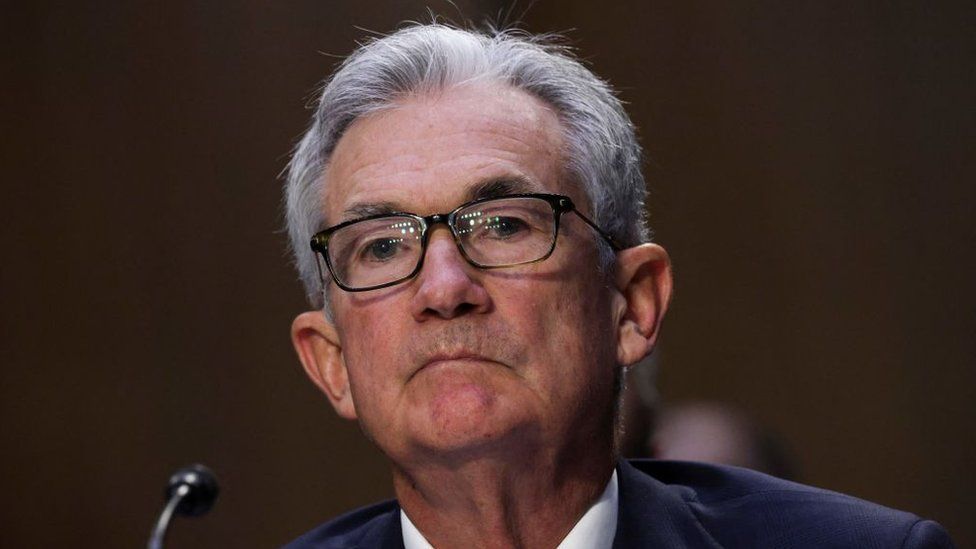Fed Jerome Powell

In the intricate web of global economics, few figures hold as much sway as the Chair of the Federal Reserve. Jerome Powell, the current head of the U.S. Federal Reserve, has been at the forefront of steering the nation through unprecedented economic challenges. This article aims to unravel the significance of Powell’s role, exploring his background, policies, and the impact he has had on the nation’s economic landscape.
Background
Jerome Powell, a former investment banker and lawyer, assumed the role of Chair of the Federal Reserve in February 2018. His tenure began during a period of relative economic stability, but Powell soon found himself facing unforeseen challenges. The global economic landscape was reshaped by events like the trade tensions between the United States and China, the COVID-19 pandemic, and subsequent economic downturns.
Policy Approach
Powell’s approach to monetary policy has been characterized by adaptability and pragmatism. In response to the economic fallout from the pandemic, he led the Federal Reserve in implementing aggressive measures to support the economy. Interest rates were slashed to near-zero, and unprecedented asset-purchase programs were initiated to provide liquidity to financial markets.
Flexible Inflation
One notable shift during Powell’s leadership has been a move towards a more flexible inflation targeting framework. The Fed announced in 2020 that it would tolerate inflation moderately above its 2% target to achieve overall economic stability. This shift represents an acknowledgment of the challenges posed by persistently low inflation and interest rates.
Communication and Transparency
Powell has been praised for his commitment to clear communication and transparency. Regular press conferences and detailed policy statements have become hallmarks of his leadership style. This transparency is aimed at providing markets and the public with a clear understanding of the Fed’s decision-making processes and goals, fostering confidence in the central bank’s actions.
Challenges and Criticisms
Despite Powell’s efforts. He has faced criticisms from various quarters. Some argue that the Fed’s aggressive monetary policies risk inflating asset bubbles. While others express concern about the potential for higher inflation. Striking the right balance between supporting economic recovery and preventing financial imbalances is a delicate task, and Powell’s decisions have not been without controversy.
Future Outlook
As the global economy continues to grapple with uncertainties. Powell’s role remains crucial. The ongoing challenges of managing inflation, interest rates, and economic growth in a post-pandemic world require a leader who can navigate complexities with both expertise and agility. Powell’s commitment to data-driven decision-making and his ability to adapt to evolving circumstances will likely define his legacy as the head of the Federal Reserve.
Conclusion
Jerome Powell’s tenure as Chair of the Federal Reserve has been marked by extraordinary challenges and the need for innovative policy responses. Whether steering the economy through a global pandemic or recalibrating inflation targets. Powell has shown a willingness to adapt and communicate openly with the public. As the economic landscape continues to evolve. The impact of Powell’s leadership on the Federal Reserve and the broader global economy will undoubtedly be a subject of ongoing analysis and discussion.
